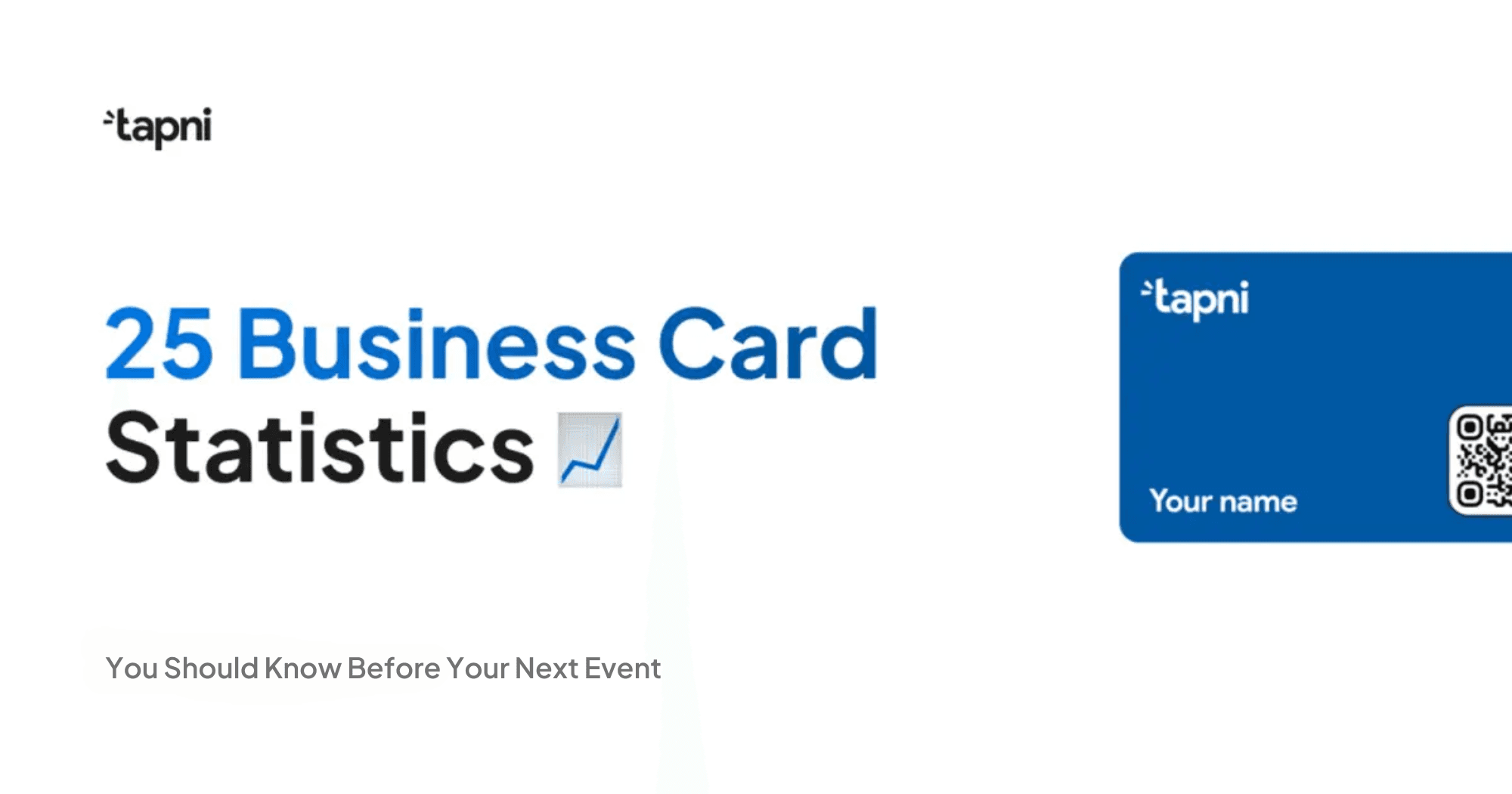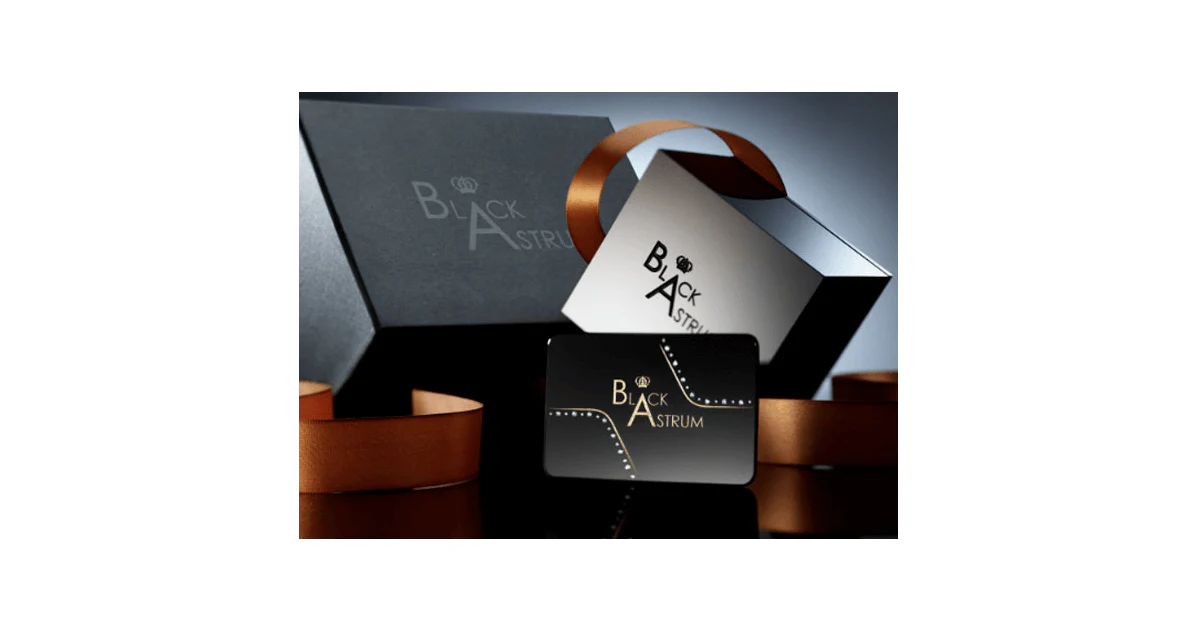Browse our comprehensive product guides and documentation


There is no better way to start the topic of business card statistics than with statistics, right?
In that spirit, did you know that with every 2000 cards distributed, you can boost sales by 2.5%? For professionals seeking business cards NYC, this statistic underscores the importance of quality card distribution.
Thus, business cards remain a main networking staple.
In fact, there are many interesting and surprising business card statistics to help you understand how to use business cards effectively to leverage them for success.
In this article, we'll present the top 25 statistics about business cards that will force you to reevaluate your current approach to using them.
Let’s dive in!
We’ve divided business card statistics into 4 categories:
Business cards had a negative reputation even before Covid-19.
This is because smartphones are so useful in the modern world, where they have largely supplanted traditional business cards.
Somewhere along the way, an idea about creating and utilizing digital business cards came to life.
Here is what we know on business card usage statistics:
Having a business card to represent yourself or your company in the real world is an essential part of doing business.
These seemingly insignificant pieces of paper or plastic, can have a huge impact on the future of a company.
Here are a few of the many ways in which business cards contribute to success:
In that light, consider the following data on the significance of business cards in the professional world:
The price depends on many factors, whether it is custom-made or you use a template. Furthermore, it depends on the type of design, size, and material.
On average, business cards’ prices can range between a few and hundreds of dollars.
 19. This card costs around $1,500 per card. In terms of design, it is a Swiss metal card studded with 30 carats of diamonds.
19. This card costs around $1,500 per card. In terms of design, it is a Swiss metal card studded with 30 carats of diamonds.
In addition, mere mortals can’t get this card because it is by invitation only, meaning only certain celebrities and business people can have it.
|
FunFact: Did you know that there are even edible business cards? Yes, they do get eaten, but better eaten than thrown away, right? Nonetheless, you can use them in the food and beverage industry as a great way to offer a sample of your services. |
Don’t get us wrong, business cards are a great asset, but they don’t provide maximum opportunities in today's hi-tech age.
Fortunately, their digital counterparts do.
They combine the best features of traditional cards but take them a few notches higher.
Paper business cards are becoming obsolete in today's fast-paced digital age. Their digital equivalents are gaining popularity.
The many advantages of digital business cards include their convenience, low cost, and low environmental impact.
As the importance of digital business cards continues to rise, we will examine some pertinent statistics about them here.
So why should you switch to digital business cards?
All the statistical facts above clearly indicate that business cards continue to be the main networking staple.
However, they need digital makeover to eliminate their weaknesses and multiply their strengths.
And digital business cards did just that. They revolutionized the way we network by providing easy ways to exchange and share your info.
On top of everything, they are environmentally friendly and fully customizable, allowing you to raise brand awareness and include more details than on a traditional card.
Furthermore, you can add multimedia elements such as images or videos.
And that’s why we created Tapni - a digital business card provider that helps you network more efficiently and better.
Besides creating personalized and unique cards, you can also benefit from advanced features for teams and business, such as analytics tools and lead generation automation.
In addition, all Tapni products have NFC chips and a QR code, making them practical because this way, even non-NFC devices can read data.
Ready to test Tapni?
Try Tapni today and see how much it can skyrocket your networking activities.
Their popularity may have dropped due to Covid, but traditional business cards remain a powerful networking asset, especially if you have a unique and out-of-the-box card.
However, switching to digital business cards is a more sustainable, economical, and efficient solution.
The main reasons to switch to a digital business card are because it is more cost-effective, interactive, and highly customizable.
Furthermore, it can include more info than a traditional business card.
Although the print rate has dropped significantly since Covid, people still exchange business cards, and in China and Japan, they are considered a business etiquette.
However, more and more people are turning to digital business cards as a more convenient and innovative option.